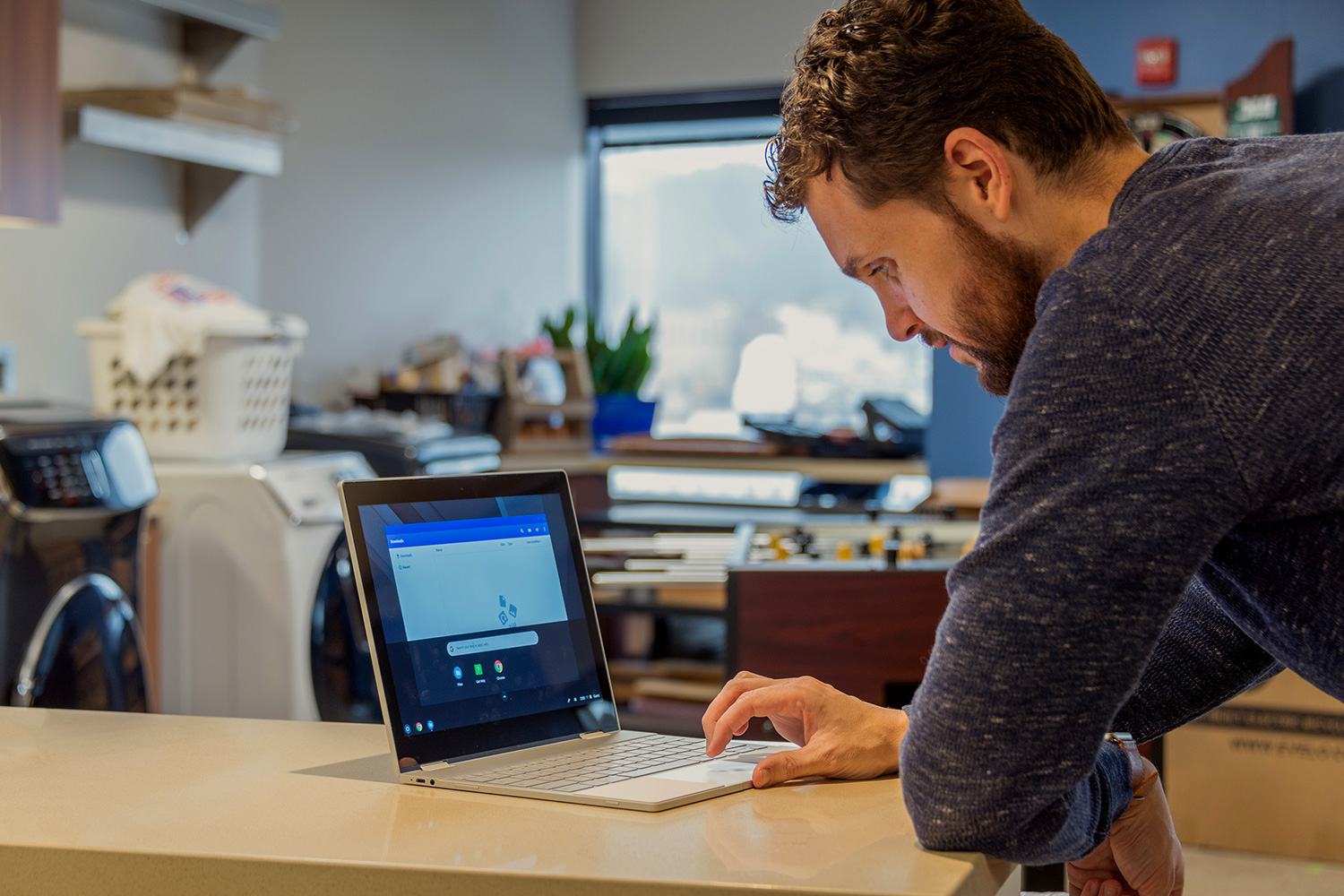
Just this morning, two interesting pieces of news hit in the internet regarding the future of Google’s computing products. The first was the announcement of the inaugural Chrome OS tablet, Acer’s Chromebook Tab 10. It doesn’t have a keyboard like most Chromebooks, but instead comes packaged with a Wacom-branded stylus. In other words, it’s an actual tablet, meant to compete with the cheap iPad that Apple is expected to announce on March 27.
The second piece of news was that Google has been testing Android on laptops. The Androidification of Chrome OS has been a reoccurring theme in software updates over the past six months, bringing in things like the Google Play Store, touch and stylus support, and Android notifications. But according to the report, Google has been testing out the most recent version of Android on Chromebooks.
So which would be worse: An Android laptop with its limited keyboard and productivity support or a relying exclusively on the poor touch capabilities of Chrome OS?
Now that both could happen, which would be weirder to use: a @googlechrome OS tablet or an @Android Chromebook?
Please RT for a larger sample size.
— Digital Trends (@DigitalTrends) March 26, 2018
So far, it looks like people are more confused by the cross-pollination of these platforms than anything else.
We all enjoy the touch-capable, on-the-go features of a mobile operating system like Android, along with the keyboard-ready, productivity power of a desktop interface like Chrome OS. To have them in one product would be a dream come true, but so far it hasn’t been done — at least, not perfectly. The closest you get is an iPad Pro or a Surface Pro, both of which still favor one kind of experience over the other due to the limitations of the form factor and operating system.
An odd product like a Chrome OS tablet exists for only one reason: Google’s tablet business, has all but disappeared. Regardless of how good some of them were, even Google’s own Pixel-C 2-in-1 was a complete failure. Alongside the collapse of Android tablets was the growing success of Chromebooks, offering a more traditional desktop interface at extremely low prices. The blur between the two lines has always been confusing, with the two product lines managed by different teams, built from the ground up for very different purposes.
“I think we’re very fortunate as a company to have two very successful platforms each in their own way and in their own segments,” Senior Vice President of Android, Chrome OS, and Play Hiroshi Lockheimer said in late 2016. “For us, there’s no point in merging them. They’re both successful. We just want to make sure both sides benefit from each other, so that’s why we brought Google Play from
That kind of an attitude is what produces these Frankenstein mashups, for better or worse.


